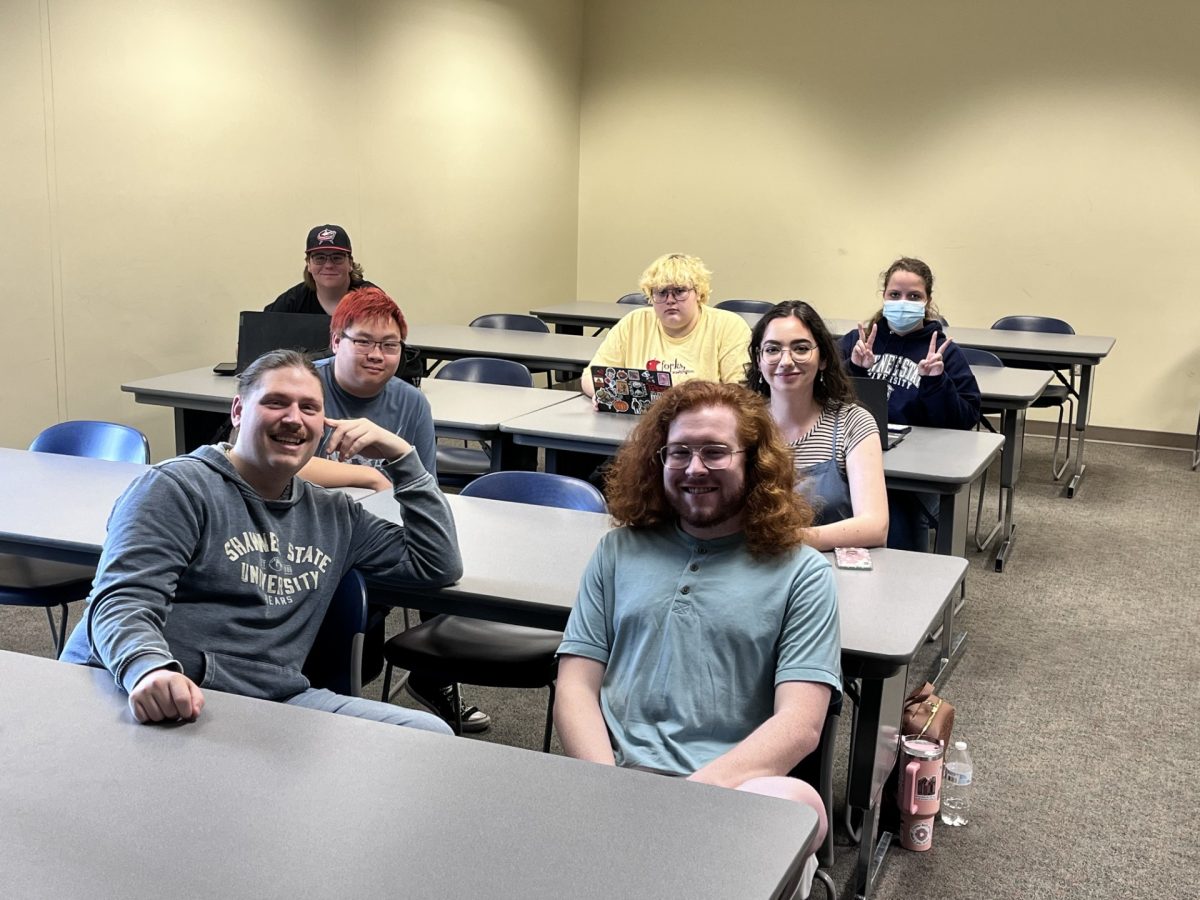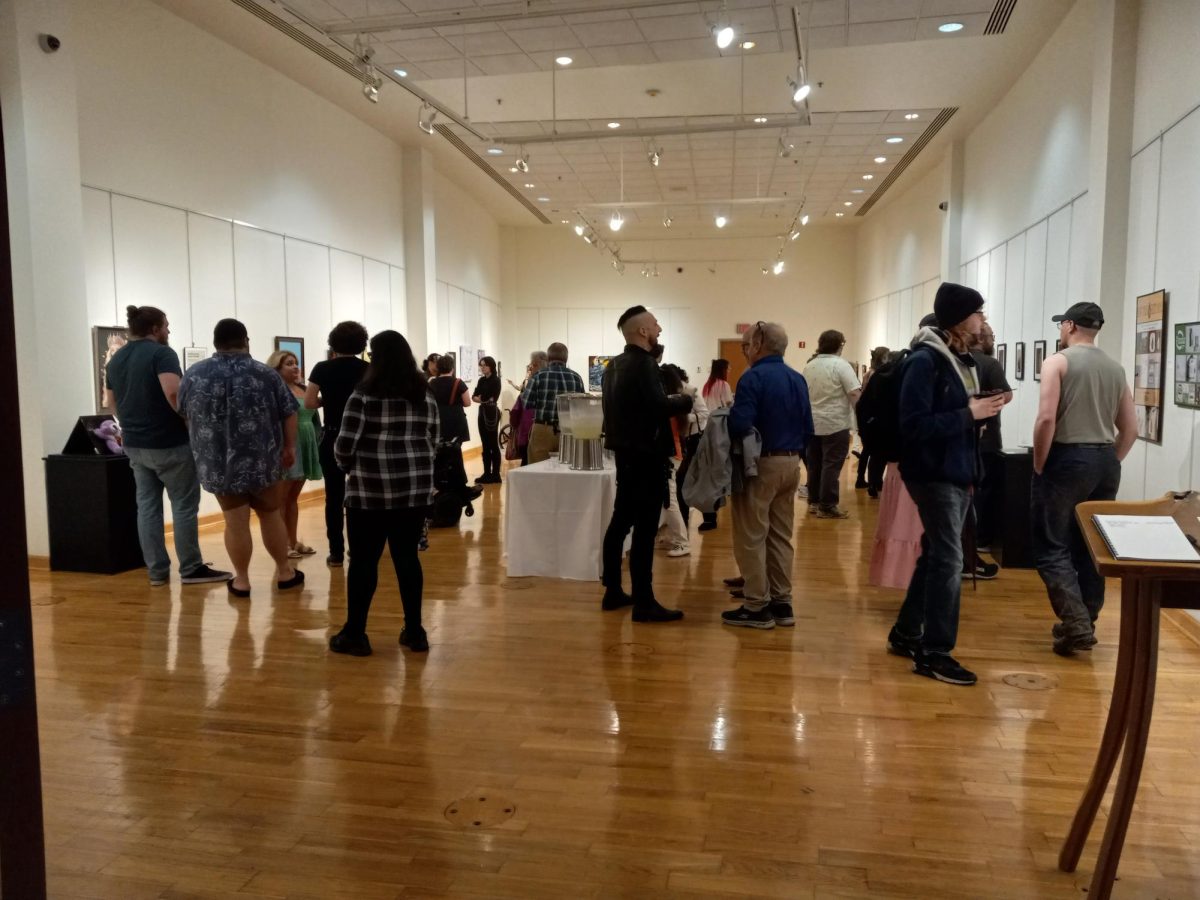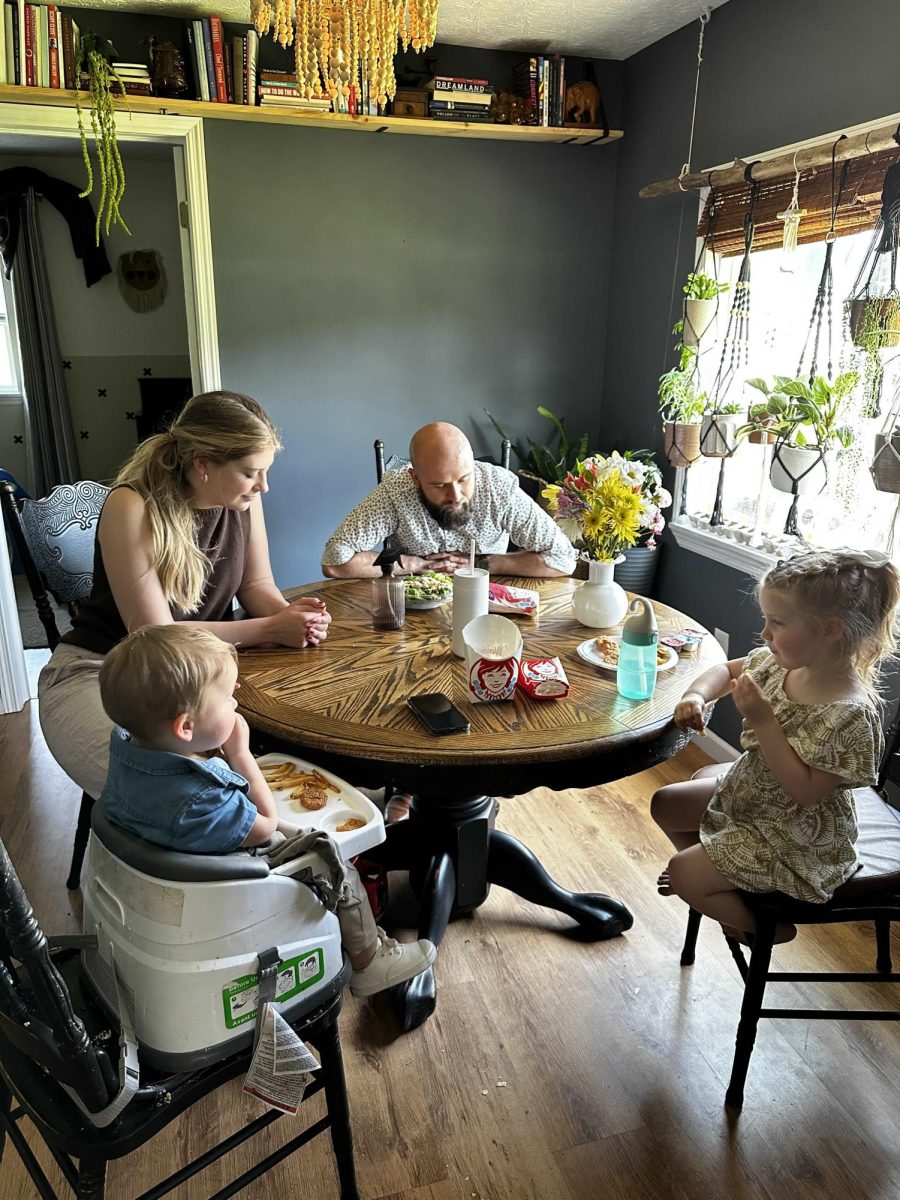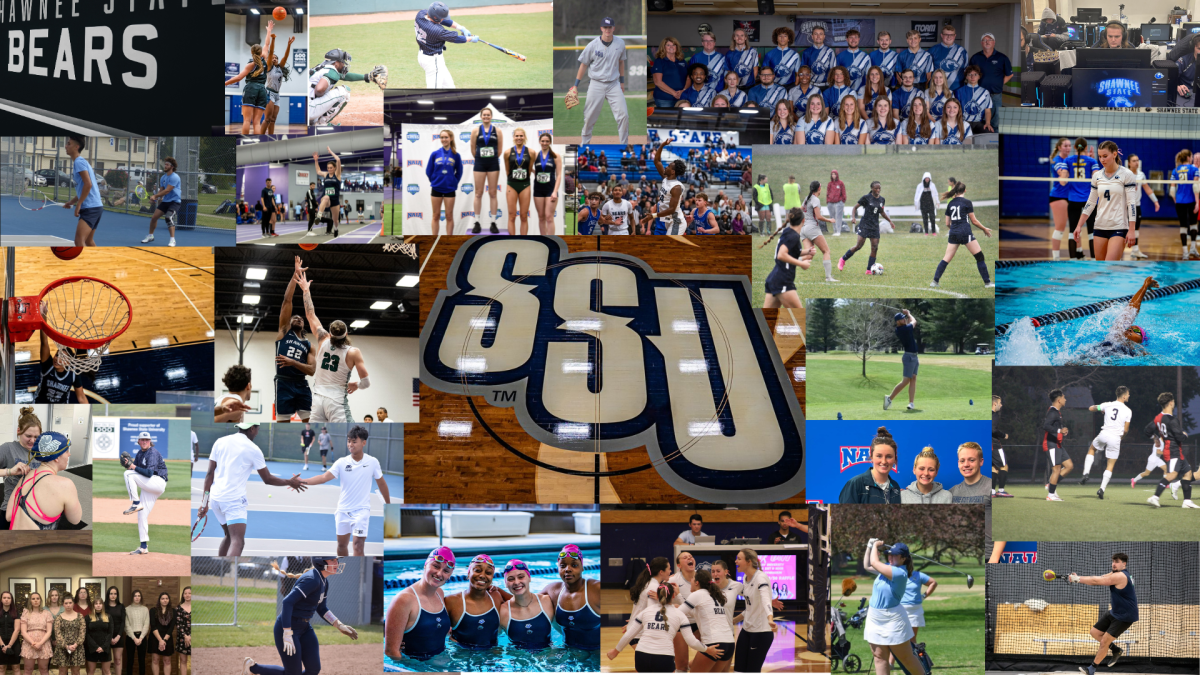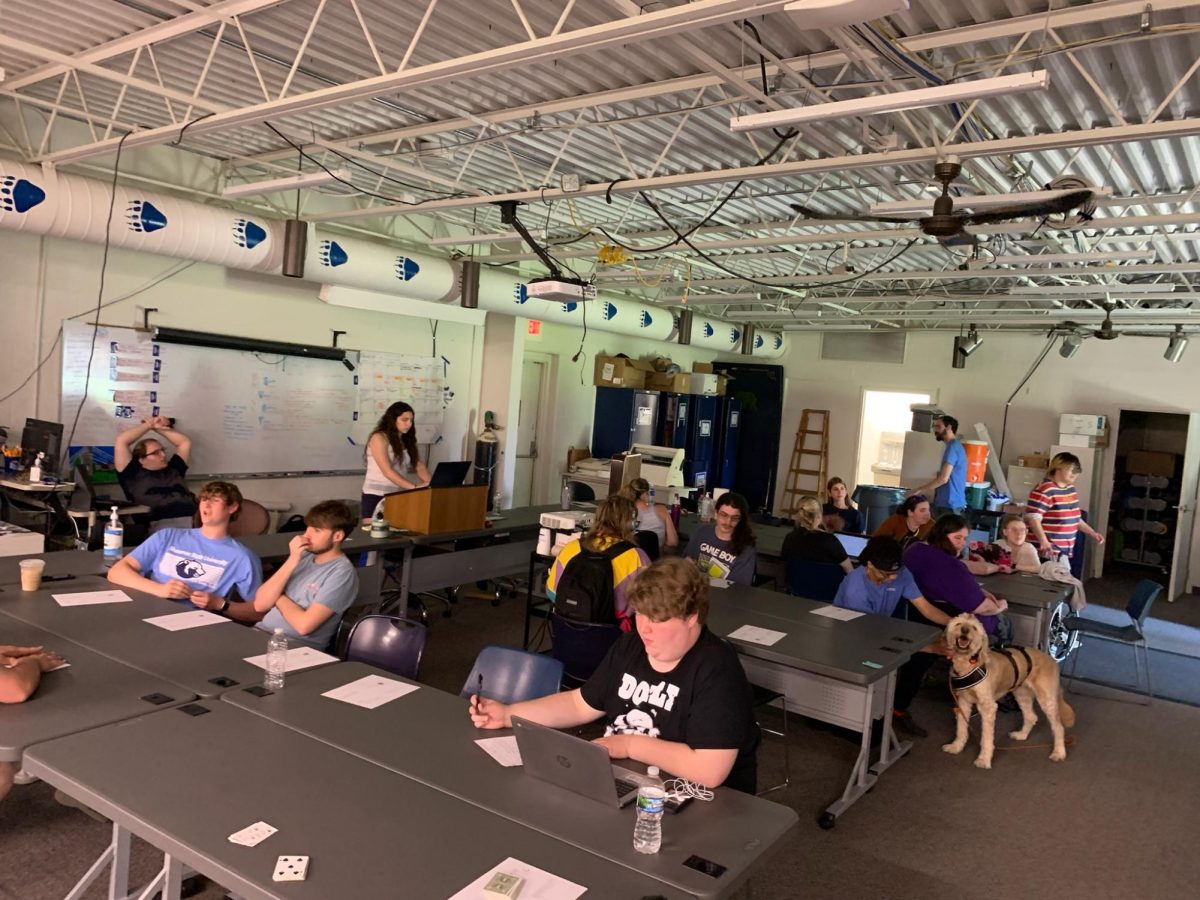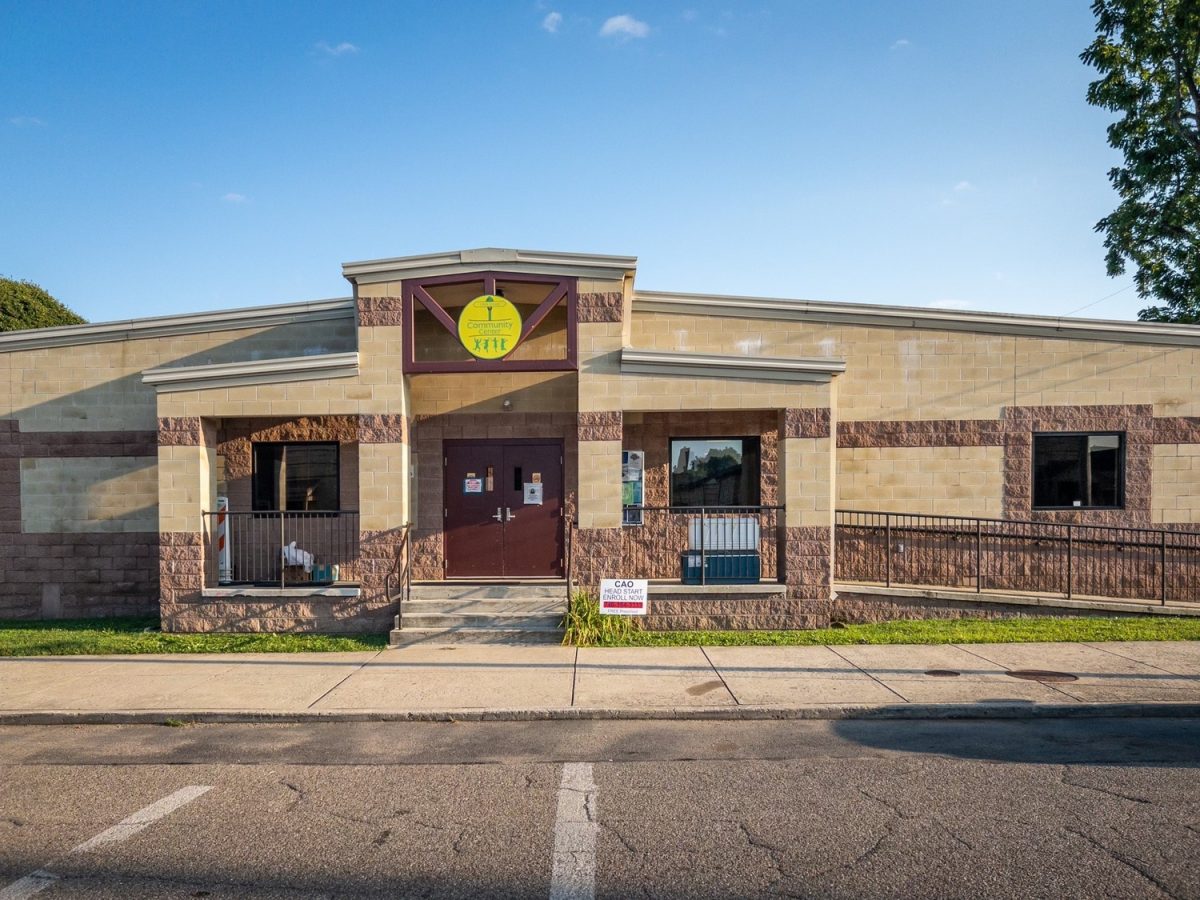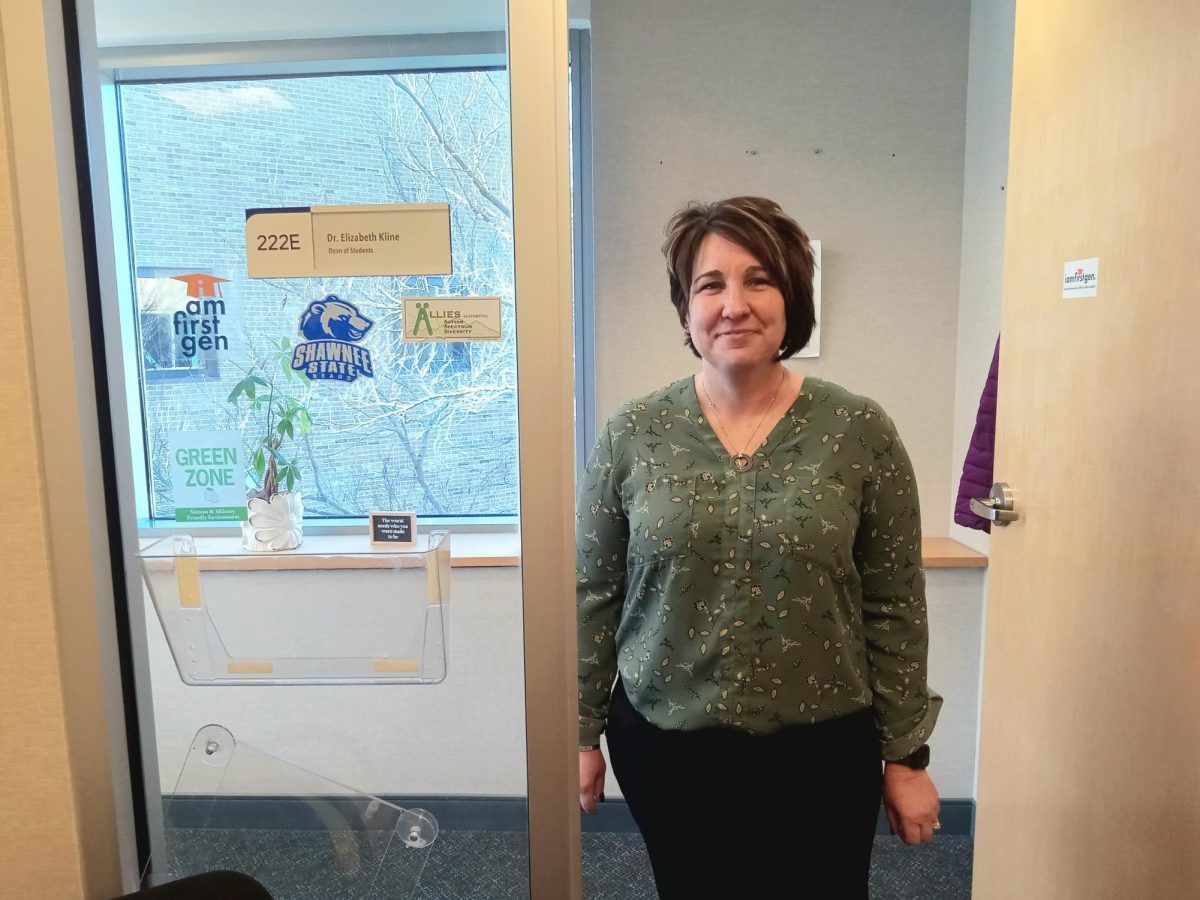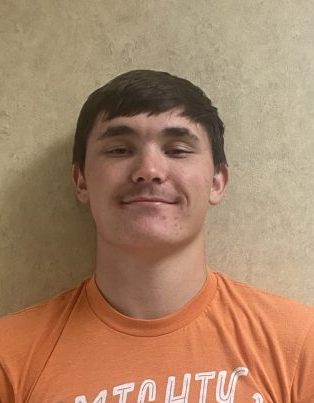Artificial turf has become more prevalent in today’s sporting facilities than ever before. But some people believe it is the culprit for the rise in non-contact injuries in all sports, such as torn ligaments in the knee and the achilles. The increase is so closely correlated to artifical turf, in fact, many NFL players are calling for a ban on some types of turf.
J.C. Tretter, president of the NFL Players Association (NFLPA), has called synthetic turf with slit-film fibers the main culprit for turf-related injuries.
NFL teams plan to get rid of this type of turf entirely by 2025, but what happens to high school facilities that have just installed turf in the last 10 years and don’t have the money to pay for another brand-new playing surface?
Portsmouth West High School installed a new artificial turf field in the spring of 2022. The type of turf Portsmouth West has is synthetic turf with monofilament fibers, which is generally viewed as far safer than its counterpart, slit-film fibers.
“I personally have not seen a correlation (between injuries and the new artificial turf field),” said Todd Gilliland, coach of the Portsmouth West Senators varsity football team.
Players are getting bigger, stronger and faster than ever before, and while their muscles are getting bigger, their joints are moving faster than they were made to do, said Gilliland.
While athletes’ physical prowess is increasing, statistics provided by the NFL Players Association show higher rates of non-contact injuries on artificial turf than on natural grass.
The type of turf installed on Portsmouth West’s field may account for the fact that there has been no rise in non-contact injuries for their team or visiting teams that come to play at the new field.
Artificial turf fields have their pros as well as their cons, and Gilliland believes the pros outweigh the cons.
“There is nothing that beats a well-manicured, safe, grass-playing surface,” he said, “but as I said before, it is very hard to create and maintain a field that is of high enough quality to be better than a turf field.”
In Scioto County, many schools have neither the budget nor the time to maintain a well-kept grass field, so artificial turf is the answer to that. A grass field in poor condition may cause as many or more injuries to players than a turf field made of monofilament fibers, and at the end of the day, player safety is the most important thing.
